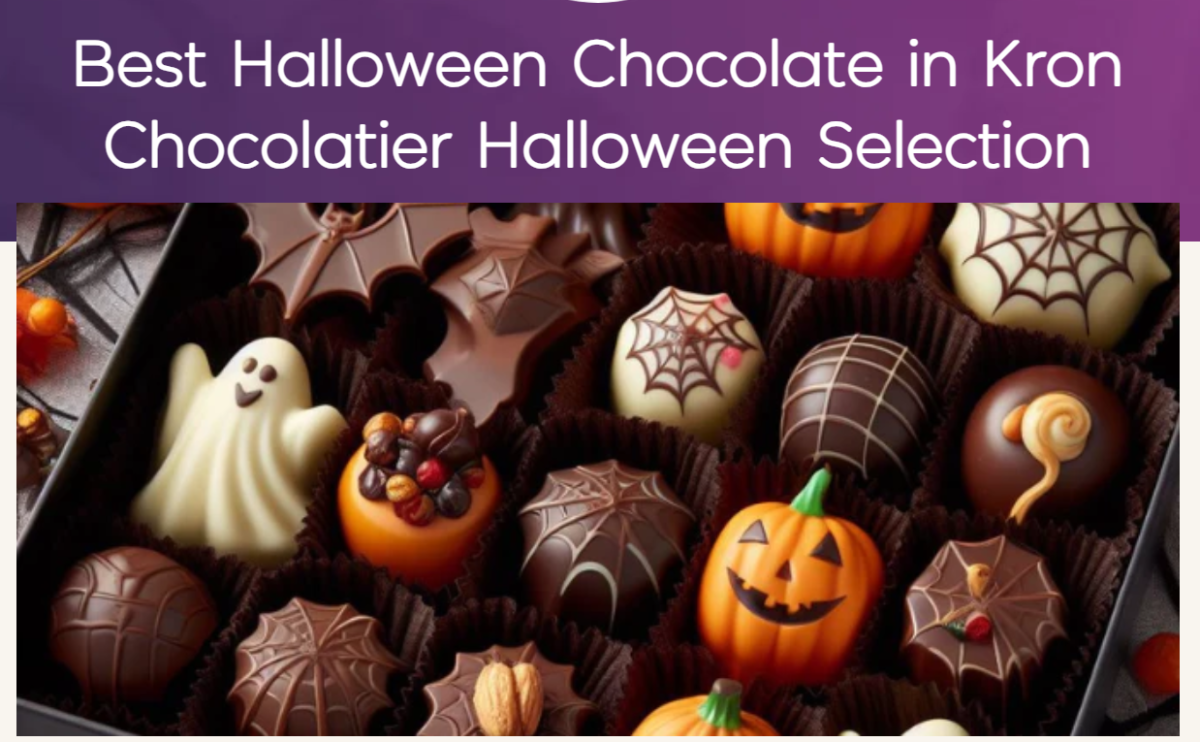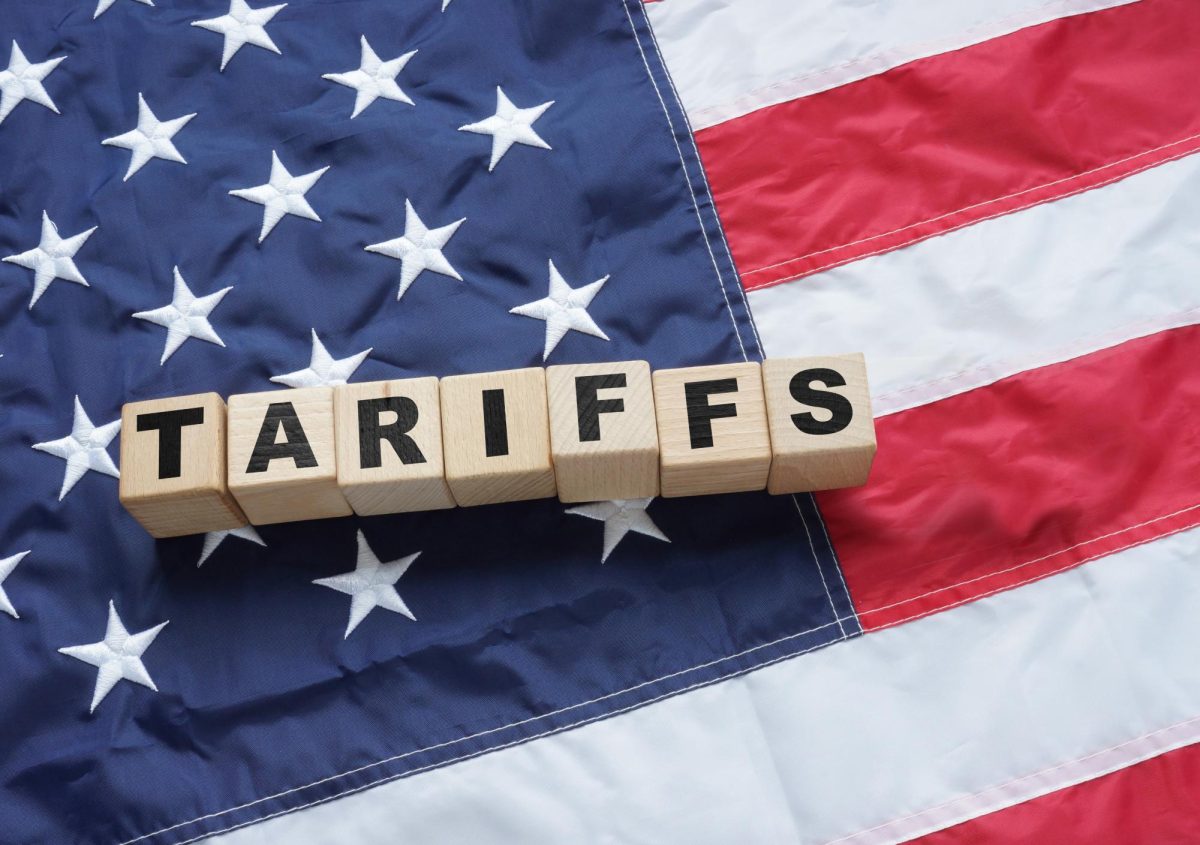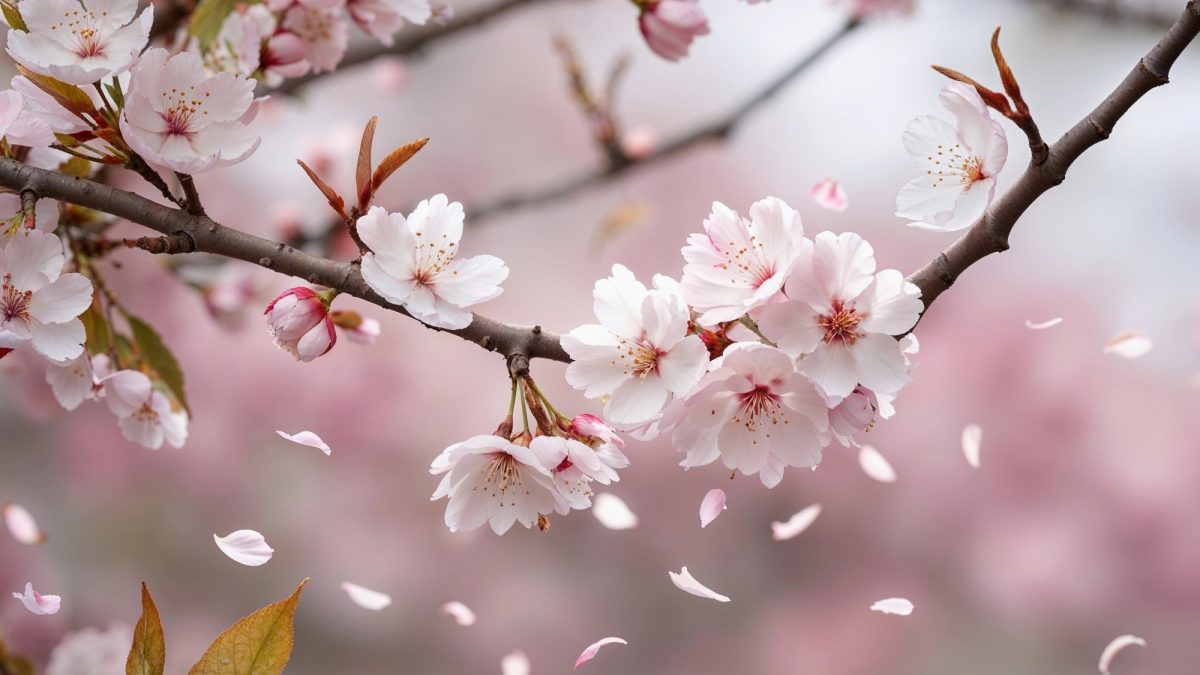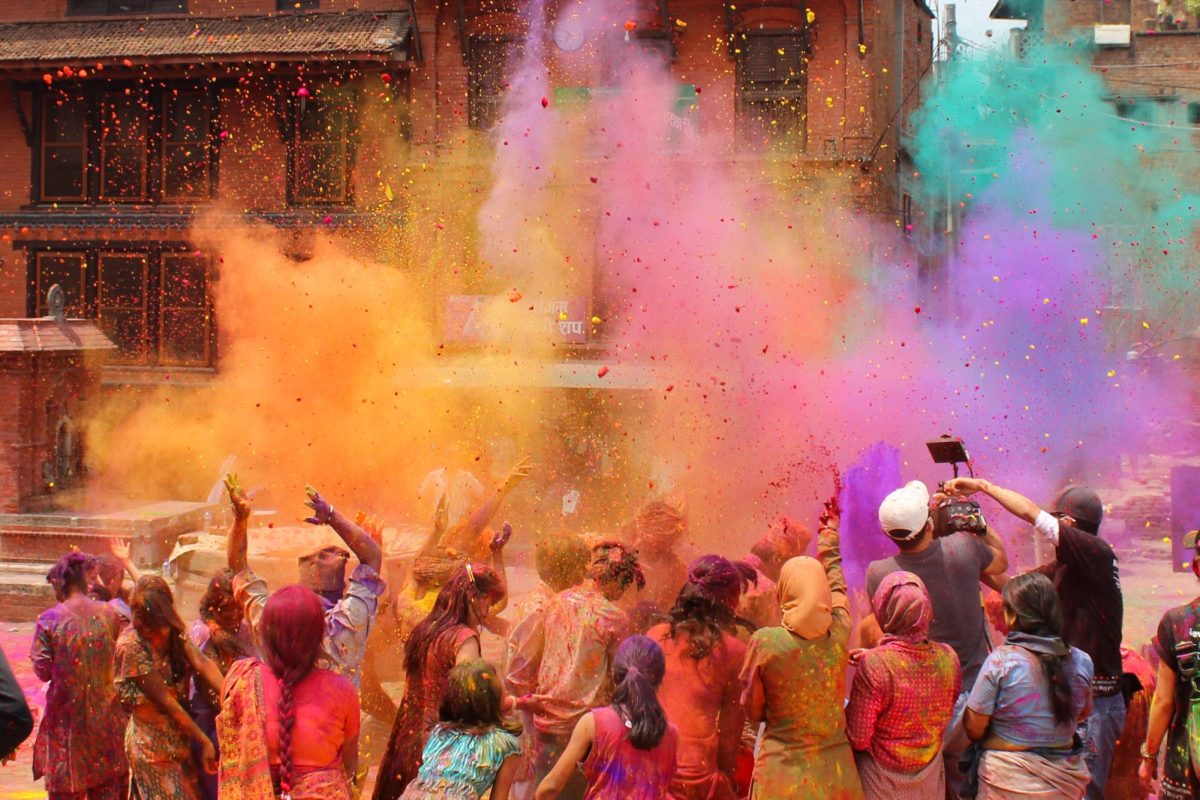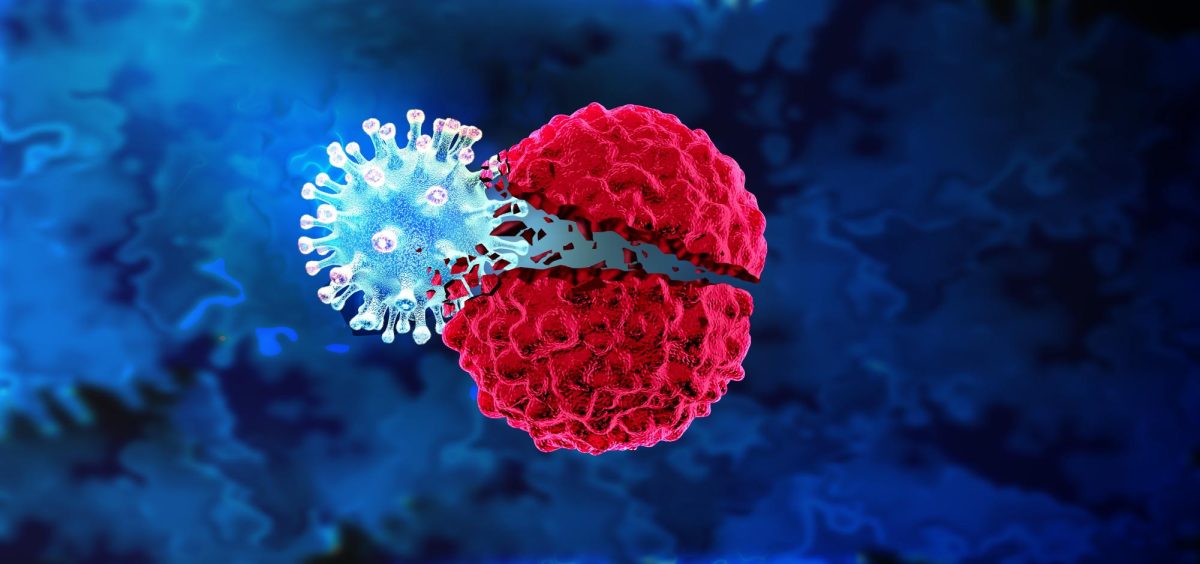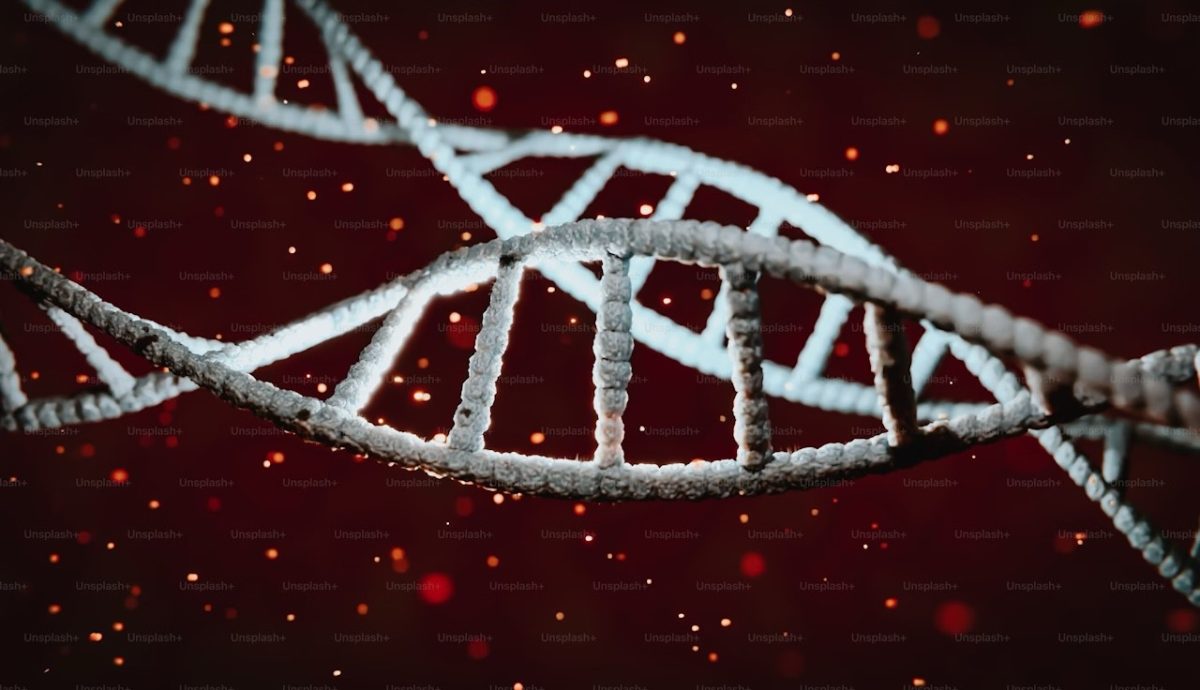Chocolate originated in ancient Mesoamerica (Mexico), and it typically used in drinks, not food at the time. The Mayans called the drink “chocolhaa” (“bitter water”) and Aztecs called it “Xocolatl.” From those words eventually evolved the word “chocolate.” Due to it being rich in fat, proteins, carbohydrates, polyphenols and other bioactive compounds that enhance the flavor, chocolate is a popular dessert item. The process of making chocolate is a long and arduous task, which requires patience and determination. Here is a summary of those steps and their importance in making chocolate.
Fermentation
Taking more than 96 hours to complete, the fermentation of cocoa beans, which is where the chocolate-making process begins, is a process in which the growth of yeasts and bacteria occurs in the pulp. This growth helps with the breakdown of sugars and mucilage, the white covering the cocoa beans in the cocoa pod which can be used as a natural sweetener in chocolate, making it a key stage in producing the precursors necessary for the development of proper chocolate aroma and flavor.
Drying/Roasting
Drying cocoa beans are conducted to complete processes induced during the fermentation stage and this reduces contents of undesirable components, produces chocolate-specific aroma and flavor, and decontaminates the cocoa beans. After drying, cocoa beans have 6–8% moisture and this low moisture content prevents mold growth and makes the beans more stable for transport and storage. Chocolate is usually made at temperatures between 120 and 140 °C, which is important for the occurrence of Maillard reactions, a chemical reaction between amino acids and reducing sugars at these high temperatures, which leads to the formation of new compounds responsible for the brown color and rich flavors associated with chocolate.
Grinding/Conching
Grinding and mixing all chocolate ingredients are very important for the achievement of the right particle size of all ingredients. The main ingredients used when grinding in the chocolate production are cocoa liquor (obtained by grinding cocoa beans), cocoa butter (obtained by pressing cocoa liquor), sugar, and milk (in the case of milk chocolate). Like grinding, conching is a heating treatment to make the cocoa particles within the chocolate smaller, producing liquid chocolate (all solid particles are coated with fat), evaporate volatile acids, achieve proper viscosity, remove excess moisture, and develop a desirable color. This final step also makes the finished bar far smoother.
Tempering
Tempering is a process by obtaining a stable product of chocolate and preventing large crystals from forming. By using thermal energy, it results in stable and consistently sized crystals of cocoa butter. This then maintains the growth of a stable crystalline network during cooling, which produces a fixed structure of the chocolate.
Chemistry in Chocolate
Chocolate contains between 300 and 500 different known chemicals, some of which interact with brain chemistry and can alter mood and give chocolate its addictive, euphoria-inducing qualities. Some of the most prevalent include the following:
- N-oleoyl ethanolamine and N-linoleoyl ethanolamine: Inhibit the breakdown of anandamide, which occurs naturally in chocolate and plays a role in pain, appetite, memory, depression and fertility. These chemical properties also increase sensory properties of chocolate like smell and texture to induce cravings.
- Phenylethylamine: Promotes a feeling of pleasure or excitement as well as apprehension.
- Serotonin: Acts as a mood stabilizer, regulates sleep, improves mood, learning, and memory functions.
- Theobromine: Is a weak stimulant that can be used to treat high blood pressure and the accumulation of bodily fluids. However, in large doses, it can be toxic, and it is especially harmful for dogs. The higher the percentage of cacao in a chocolate bar, the higher the amount of theobromine.
- Tryptophan: Inspires a feeling of happiness.
Sources:
Image: https://www.kronchocolatier.com/blogs/news/best-halloween-chocolate-in-kron-chocolatier-halloween-selection
https://cococlectic.com/pages/the-science-of-chocolate

